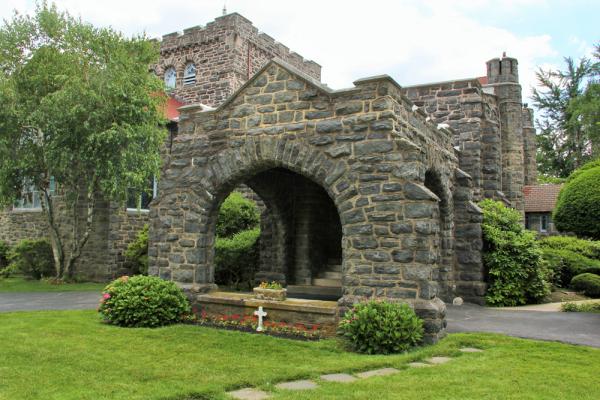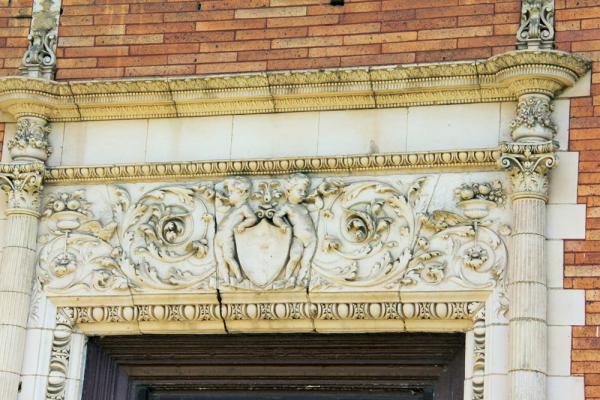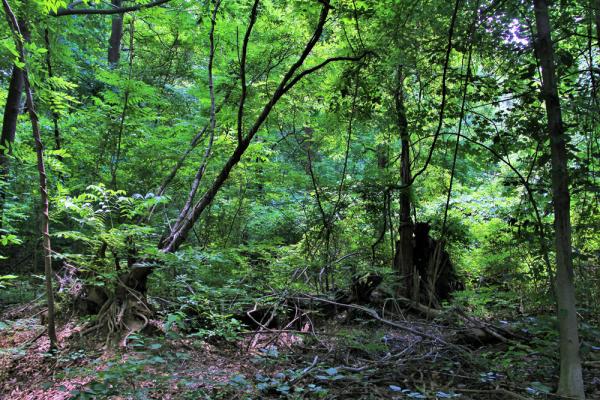In Your Neighborhood: Overbrook

Throughout the late 19th century and early 20th century, houses of worship and benevolent/charitable institutions played a role in the Overbrook section.

From the mid-19th century onward, the Pennsylvania Railroad’s “Main Line” trains spurred the development of affluent suburbs just northwest of the City of Philadelphia. Overbrook’s residential development benefited immensely from the railroad’s passage through West Philadelphia to the central city. Electric trolleys arrived in Overbrook in 1895.

From the late-17th to the mid-19th century, Overbrook was home to agricultural estates and water-powered mills. By the turn of the twentieth century, it was a residential section of the city dominated by Overbrook Farms, with business activity concentrated along 63rd Street above Lancaster Avenue.
Overbrook Farms, an elite turn-of-the-20th-century suburban development notable for its curvilinear streets and late-Victorian and early-modern houses arose in the quadrant of 59th to 66th streets between City Line and Woodbine Avenues. The project involved more than 50 architects; its hallmarks were (and still are) spacious late-Victorian and early-modern houses arrayed on curvilinear streets.

The neighborhood that today is Overbrook was once a hunting ground for the Lenape Indians; from the late 17th to the mid-19th century, a fertile, well-watered area of farmlands and stream-driven mills; and after the late-19th century, increasingly an area of residential housing.

Mill Creek, Indian Run, Morris Park, and City Line are notable historical features of the Overbrook landscape.
Arriving in the mid-1680s, Welsh Quakers held the original patents in the Western Liberties. The descendants of these immigrants maintained sizable estates in the 18th and 19th centuries that evolved into the modern Overbrook.